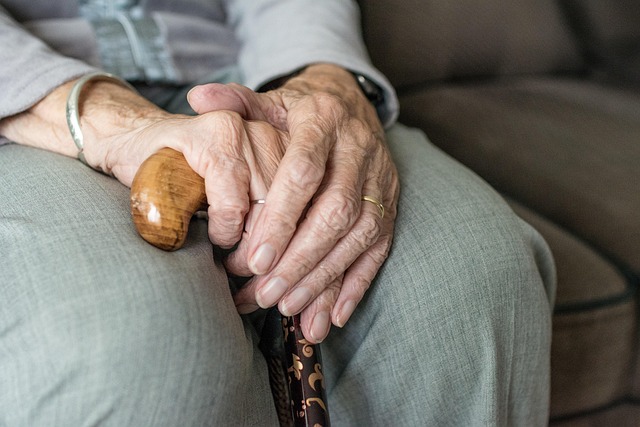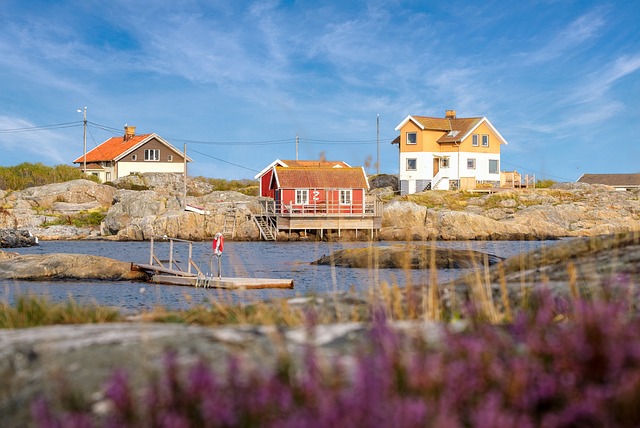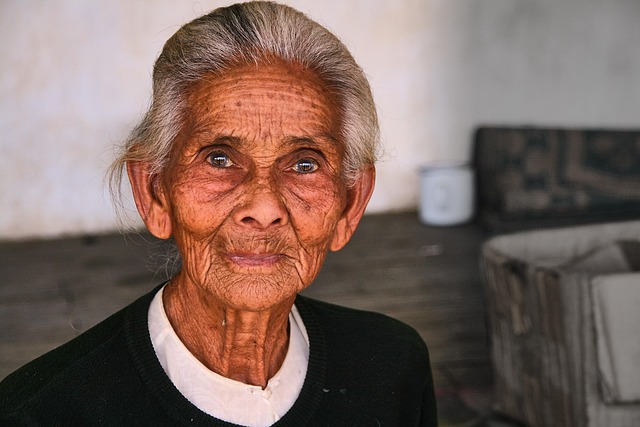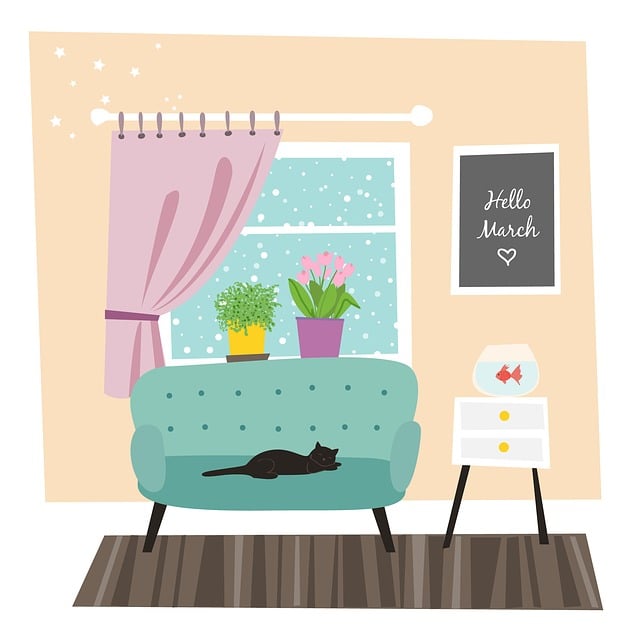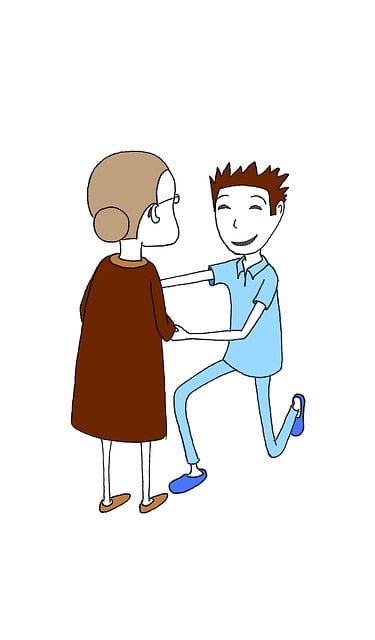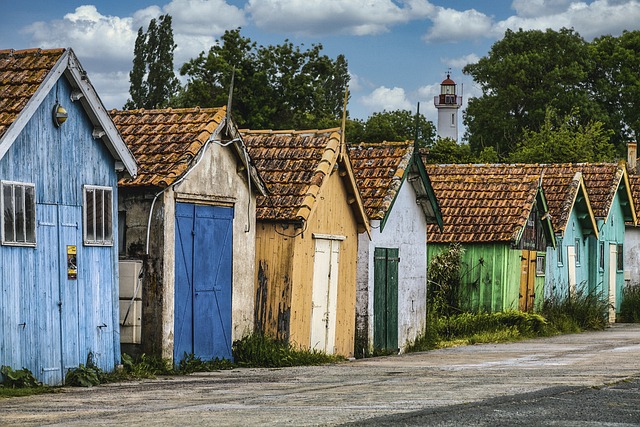Real estate communities thrive on strong bonds cultivated through events, collaborative projects, and shared spaces. These initiatives enhance living environments, foster empathy, and strengthen social support, making neighborhoods more desirable and attractive to like-minded individuals. Urban planners recognize the importance of community spaces in dense areas, integrating green areas and centers to promote mental health, social bonding, and overall well-being, resulting in safer, happier urban communities.
In today’s fast-paced world, real estate communities are more than just addresses; they’re hubs fostering social support and strengthening bonds. This article delves into three key aspects: building strong connections in real estate communities, recognizing the vital role of social support in neighborhoods, and cultivating a sense of belonging in urban landscapes. By exploring these topics, we uncover strategies to enhance community atmospheres, ultimately enriching residents’ lives.
Building Strong Bonds in Real Estate Communities
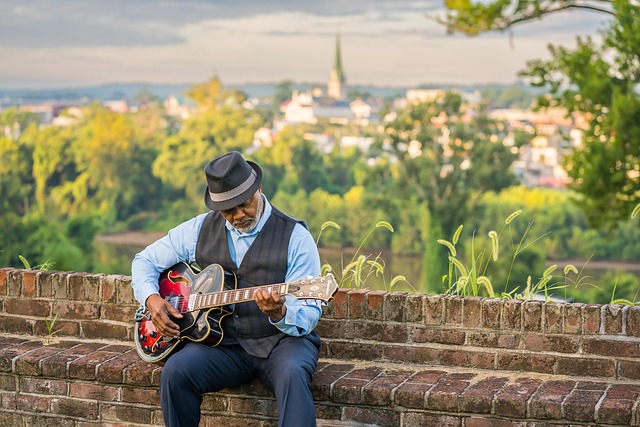
In real estate communities, building strong bonds is essential for fostering a supportive environment. Residents can strengthen their connections by participating in organized events and activities, creating opportunities for social interaction outside of routine neighbors’ conversations. This could include community gardens, regular social gatherings, or even cooperative projects like maintaining shared spaces. Such initiatives not only enhance the physical living environment but also encourage the development of meaningful relationships.
By fostering a sense of belonging, real estate communities can transform into vibrant, supportive networks. Active participation in these communal efforts allows residents to get to know one another on a deeper level, breaking down barriers and fostering empathy. This strength in community bonds translates directly into enhanced social support, making the living space more comfortable, secure, and enjoyable for everyone involved.
Social Support: The Heart of Neighborhoods
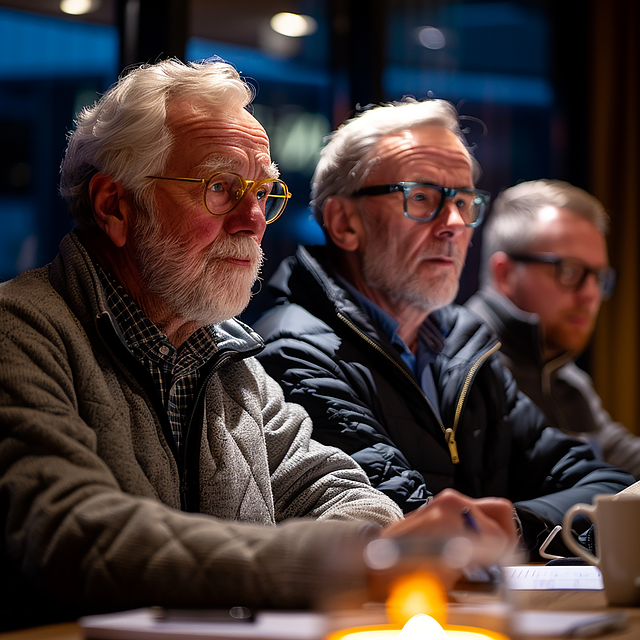
In vibrant neighborhoods, social support forms the heart of any community, acting as a crucial glue that binds residents together. Real estate isn’t just about physical spaces; it’s also about fostering environments where people feel connected and supported. The social fabric of a neighborhood plays a significant role in residents’ overall well-being, influencing their mental health, sense of belonging, and even property values.
Strong community ties facilitate a sense of safety and security, encouraging residents to engage with one another and create shared spaces that cater to diverse needs. This dynamic fosters a positive feedback loop where improved social support enhances the desirability of the neighborhood, further boosting real estate value and attracting like-minded individuals eager to contribute to its vibrant tapestry.
Fostering Connection in Urban Landscapes
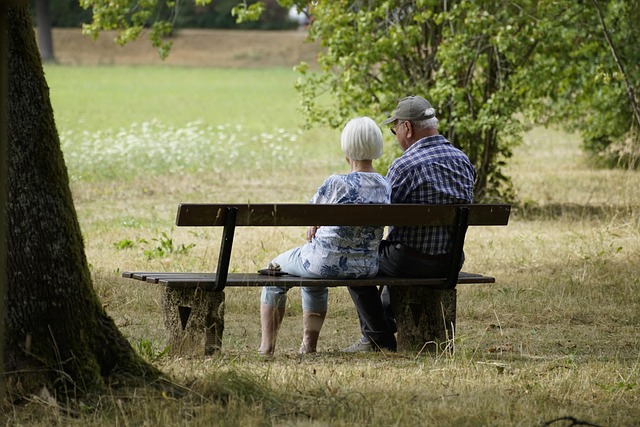
In urban landscapes, where high-rise buildings and bustling streets define the terrain, fostering a strong community atmosphere is more than just a desirable amenity—it’s a vital component of well-being. Real estate developers and urban planners are increasingly recognizing the impact of social support networks on residents’ mental health and overall quality of life. By integrating spaces that encourage interaction and connection, such as shared green areas, community centers, and event venues, developers can transform dense urban environments into vibrant hubs where neighbors become friends.
These designed interventions not only enhance the aesthetic appeal of residential areas but also create opportunities for social bonding. Whether it’s organizing neighborhood gatherings, hosting cultural events, or simply providing dedicated seating areas in parks, these initiatives foster a sense of belonging. Ultimately, a strong community atmosphere can lead to safer, happier, and more resilient urban communities, where residents support one another, creating a positive feedback loop that benefits everyone.
